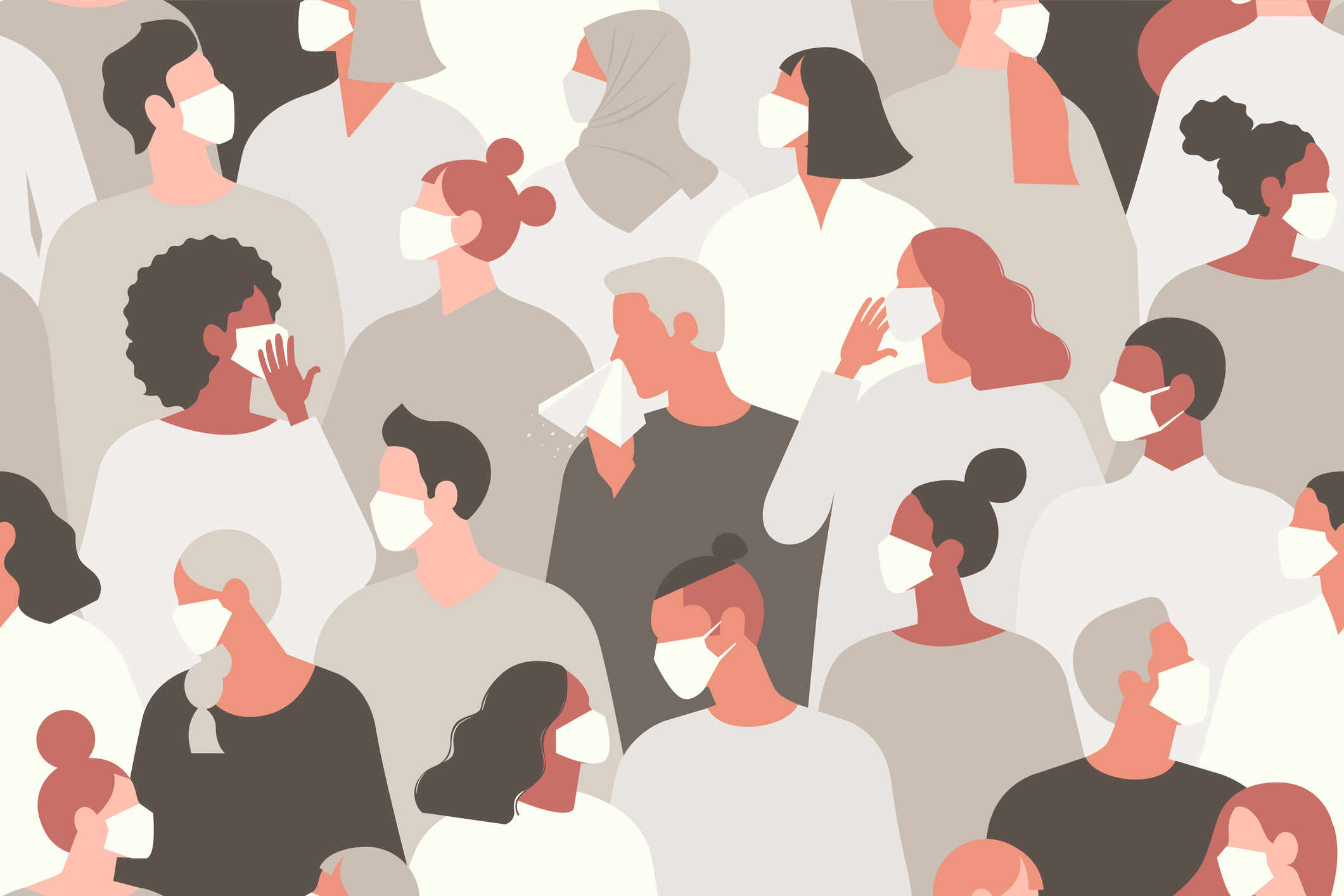COVID-19 has changed everything. But COVID-19 has changed nothing.
It has shown us that the old normal was not working because it made us more susceptible to the pandemic. We were not properly investing in health and social services. We were not looking after the most vulnerable. And, we were creating new vulnerable populations through our economic, employment and social assistance policies.
It has shown us that there is an urgent need to rethink our social infrastructure and create one that helps us become more resilient. Many have amplified the Wellesley Institutes’ call for a new normal. Including calls for changes in long-term care homes; new ideas in combatting homelessness; the 2020 Declaration on greener cities; and a major a challenge to the G20 to promote more sustainable economies.
But it has not led to any discussion of what may be the most significant flaw in the way we think about income and social assistance –the fact that we do not link them to strategies that promote health.
For instance, during this pandemic, there have been discussions about access to Federal Government benefits programs like the CERB and the adequacy of the top-ups to provincial social assistance programs such as OW and ODSP. And, across the world, there has been a movement towards support of a basic income with hard-hit countries such as Spain deciding that it is the way forward. But there has been less discussion on whether the levels at which we set these benefits allow people to be healthy.
Conversations about the minimum wage often centre on what industry can tolerate. Discussions about COVID-19 benefits focus on access, costs and perhaps whether they enable physical distancing but not whether they give people enough to encourage health and well-being. As a result, we set minimum income and social assistance levels so low that recipients do not live as long as others. For instance, in Hamilton, a person in a rich area of town lives twenty years longer than a person in a poorer area of town.
These disparities are what COVID-19 preyed on. Ontario data shows that people in poorer areas are three times more likely to get COVID-19 and more than twice as likely as people in rich areas to die from it. Death and infection levels in Ontario are higher than they could have been because of higher rates among our vulnerable populations. In infection control you are as strong as your weakest societal link – that means our ability to keep everybody safe is compromised when parts of our population are at high risk.
Quite simply our province, and indeed our country, would have been more resilient to COVID-19 if our income and social assistance policies were based on producing a healthy population.
We need to rethink the minimum wage, income supplements, social assistance and social support services to ensure that they are at a level that promotes health.
At Wellesley, we have developed the thriving income framework. This is based on the things that Governments tell us we need to stay healthy, such as housing, a healthy diet, exercise, social connection, employment and the ability to save so that you do not live in poverty when you retire. We then used the Federal Canadian standards and spoke with communities to make sure the list we had made sense. Lastly, we worked out how much it will cost.
We have found that a 25-40 year old living alone in the GTA needs between $46-55K a year, and a single retired person at least $33K a year to live a healthy life. We have also found that less than half of single people in the GTA reach these levels of income. And the situation is worse for the Black population where less than a third make enough to thrive. People on social assistance do not even come close.
Some will say these amounts are significant, but they are achievable. If a person were working a full-time, job at $15 an hour, tax-free, and were given pharmacare, dental care, a better government pension and a housing benefit, that would be a good start. Add tax rebates for education linked to work, subsidised transit and student debts forgiveness until they earned over $50K, we would be surprisingly close to the thriving level. And if a similar package of benefits and resources were offered to those on social assistance, they would be significantly more healthy.
If we want a new resilient normal we have to consider what people need to be healthy. The more healthy you are and the more healthy your environment is, the lower your risk of COVID-19.
COVID-19 has laid bare many of the social factors which made our health weaker. If we want to be more resilient to the current pandemic and other challenges in the future, we need to consider how we make our society and the people in it stronger.
That means we have to move away from incomes and social assistance that produces more and more people who are vulnerable and towards a system where no one is left behind to be picked off by a pandemic.
